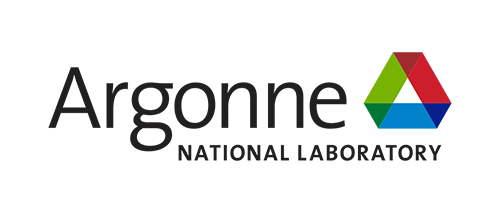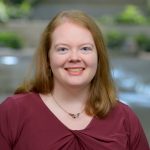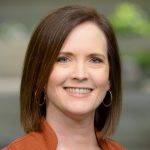November 2022 Edition

Julie Carrera, SSS Interim Director
Zoom, Zoom! Who’s going to the moon?
Not Julie Carrera, although her interest in science began thanks to an uncle whose university research group analyzed moon rocks and soils from the Apollo missions.
Carrera is the interim director for the Strategic Security Sciences (SSS) division. She considered using her PhD in chemistry to pursue a career similar to her uncle’s before she found a passion for using her technical expertise to inform national security policy-making. Her interest in air travel, however, has lasted, and her work at Argonne has taken her to more than 30 countries across six continents.
Both her career and management philosophy are punctuated by a familiar flight reference.
“I always remember the safety briefing instruction to put your oxygen mask on first,” said Carrera. “You cannot be an effective leader if you run yourself into the ground. It’s important to care for yourself so you can best support your team and set an example for others to do the same.”
For Carrera, this means scheduling electronic black-out times to give herself relief from the strain of being always “on” and spend focused time with family. In her personal life, it means making time to engage in her hobby of cooking and recipe testing and trying to be physically active every day, even if it’s just a 15-minute-long, head-clearing walk.
She also believes it’s important to go where curiosity leads, even if it’s into the unknown.
“I did not necessarily envision myself as an executive leader early in my career, but we introverts have many strengths that are key to successful leadership,” said Carrera, who has also served as deputy division director, group leader and section manager during her tenure at Argonne. “Don’t discount what you have to bring to the table just because you may not fit the stereotype of a leader.”
She continues to work on silencing one of her harshest critics: Herself.
“It’s important to take an honest look at your strengths and weaknesses so you can grow, but it’s growth-inhibiting to think poorly of yourself,” she said. “I learned to view my mistakes as learning opportunities and gave myself grace from my own self-defeating self-criticism. This has helped me beat back counterproductive thoughts and advance in my career.”
Her advice to young colleagues interested in STEM? Stay true to your interests and values. While they might not lead you to the moon, unexpected nearby stars may guide you to a satisfying, meaningful career path.
“If you are energized by particular topics, that’s a great clue to where a fulfilling career could lie,” said Carrera. “Follow that clue!”





